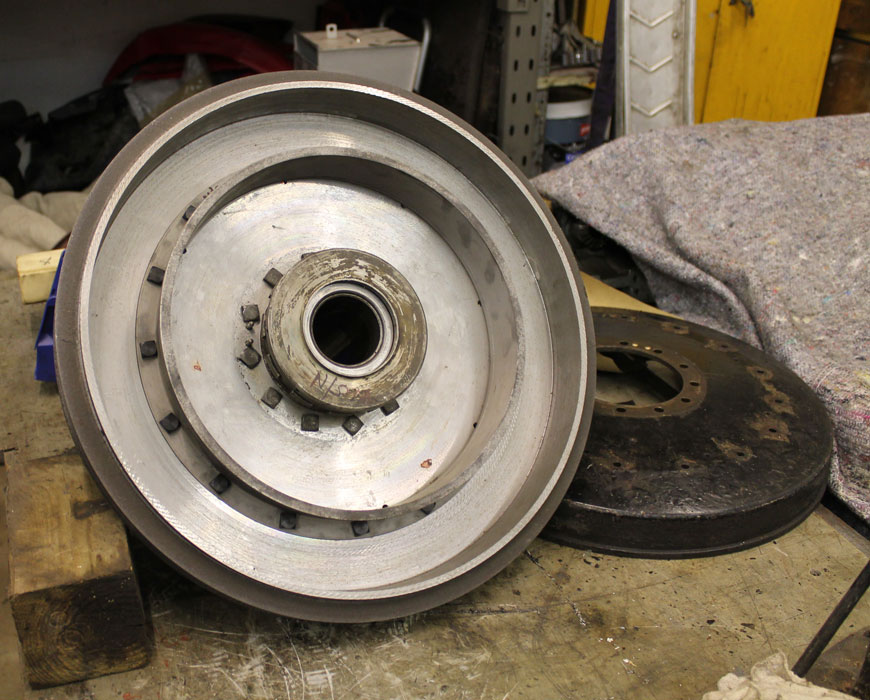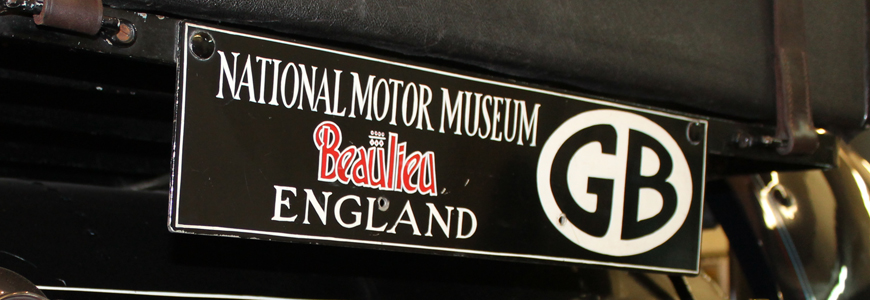
This month, a fascinating vehicle has returned to the National Motor Museum, while a prestigious Rolls-Royce receives repairs.
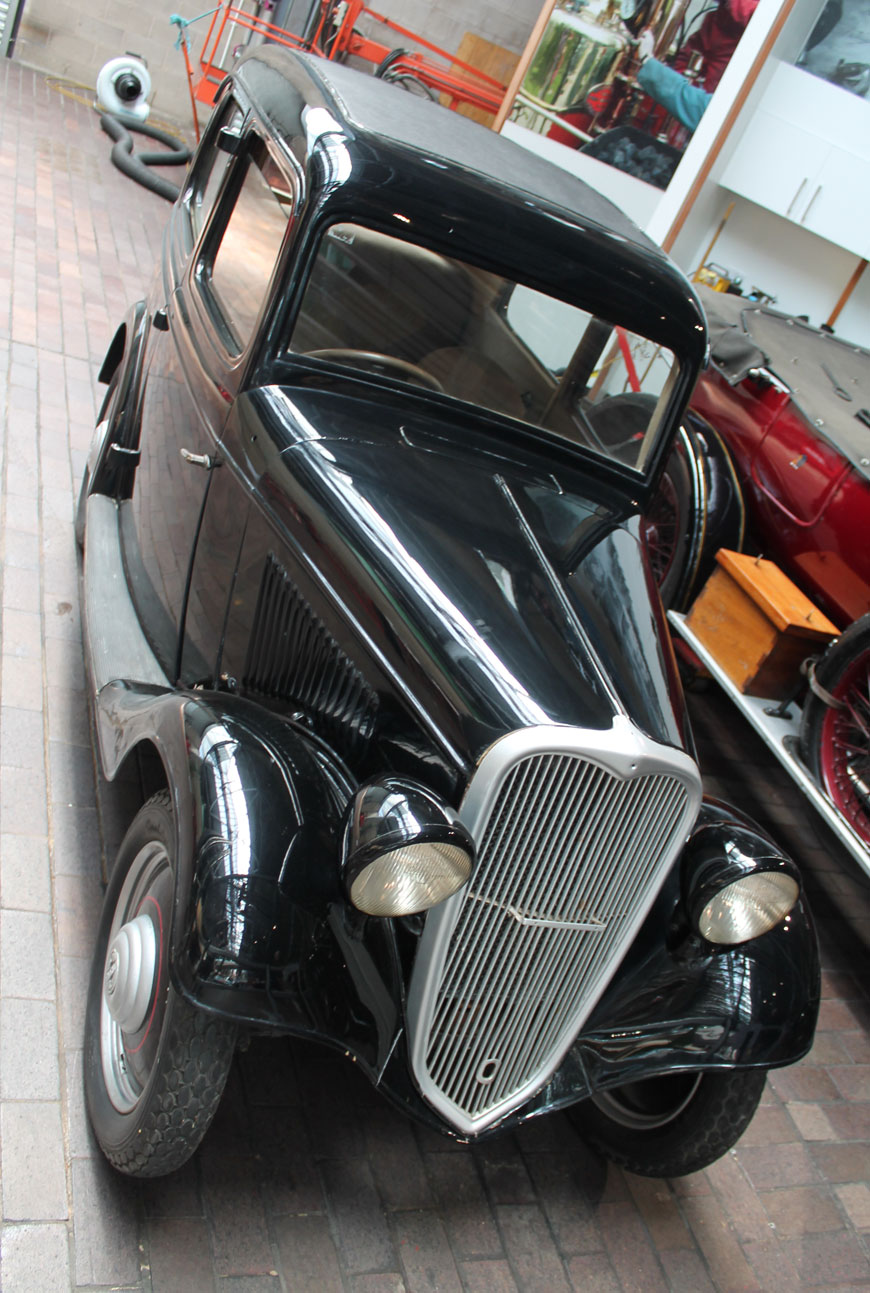
Land of the Rising Sun
It may look similar to other small cars of the 1930s, such as the Ford Model Y and Austin 7 Ruby, but the National Motor Museum’s 1935 Datsun Type 14 is a very unusual machine with a remarkable history.
The Type 14 was Datsun’s first mass-produced model, but was never sold in the UK. However, this example was shipped from Japan to Britain in 1935 by Sir Herbert Austin. As it appeared similar to European designs, the Austin Motor Company then studied the car carefully for possible patent infringement, although no action was taken.
Remarkably, the Datsun was never registered for the road, but was instead put into long-term storage. Decades later, with the help of Nissan Europe, this historically significant but barely-used car was added to the National Motor Museum collection and now it has gone back on display. What’s more, car-building giant Nissan can trace its history back to this extraordinary little car.
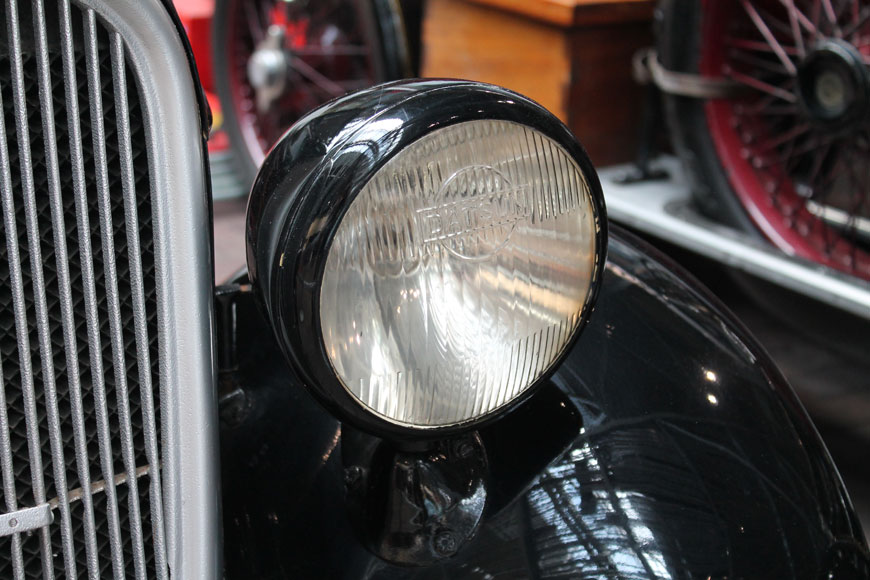
Today, many of the world’s leading automotive manufacturers are Japanese, and huge numbers of cars built by Nissan, Honda, Toyota, Lexus, Mazda, Suzuki and more can be found on roads across the globe. However, in the 1930s it was a very different story, and the Type 14 marked the beginning of the Japanese car industry.
The Nissan story starts in 1914, when a fledgling Japanese motor manufacturer launched its first car, named the DAT after the initials of the company’s three investors. By 1931, a new, but much smaller car was unveiled, and dubbed the ‘son of DAT’, or Datson. When this diminutive car went on sale the following year, its name was changed to Datsun, in honour of Japan’s rising sun symbol. The Type 14 of 1935 was the first mass-produced Datsun, starting the manufacturer on its way to producing millions of Datsuns and Nissans over the following decades.
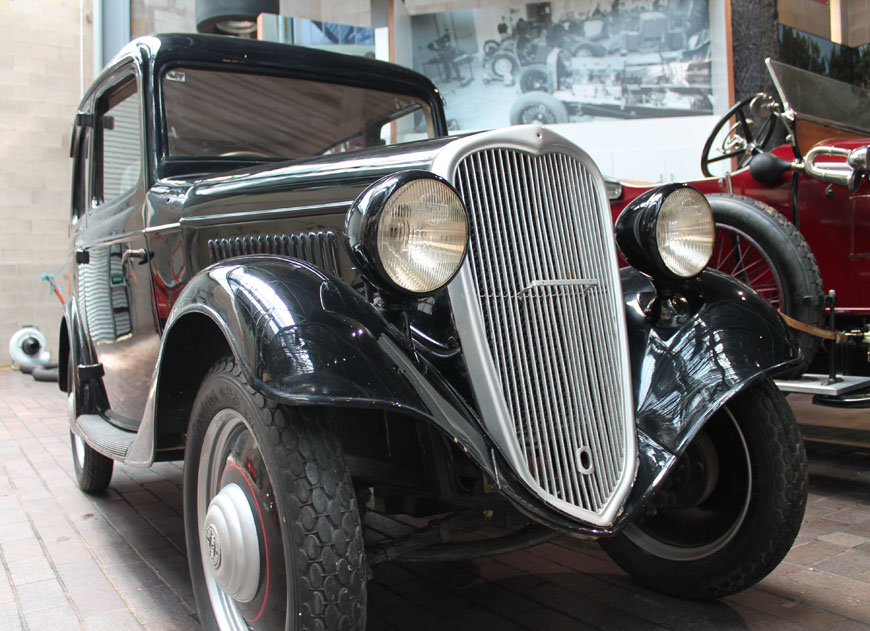
With bodywork inspired by other European and American cars of the era, this compact saloon could propel four people at up to 51mph, owing to the 15bhp produced by its 747cc engine.
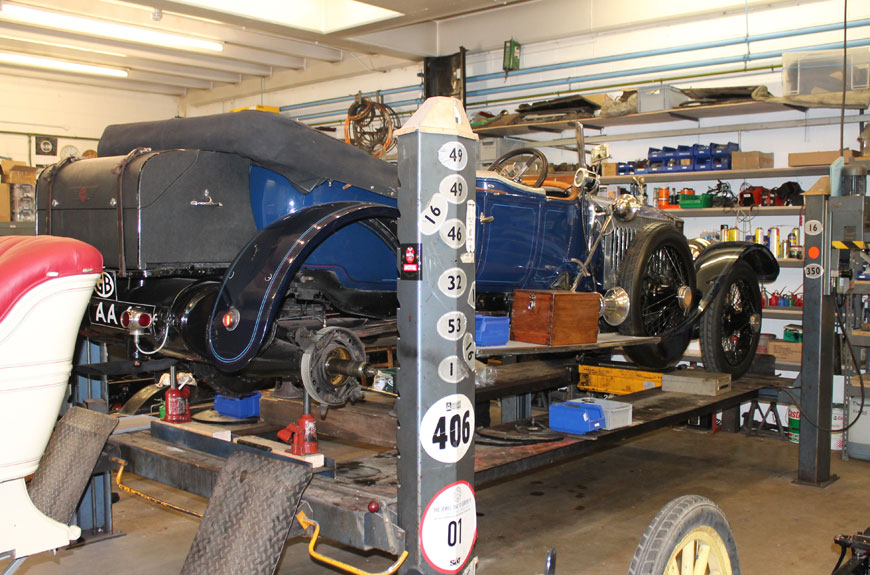
Drum Roll
Meanwhile, the museum’s much-loved 1914 Rolls-Royce Alpine Eagle has been in the workshop for significant work to its braking system.
Located on the rear axle, each of the drum brakes incorporates two sets of brake shoes per wheel. The largest set of brake shoes does the main job of braking, while a smaller set for the hand brake operates using an additional friction surface fixed inside the drum.
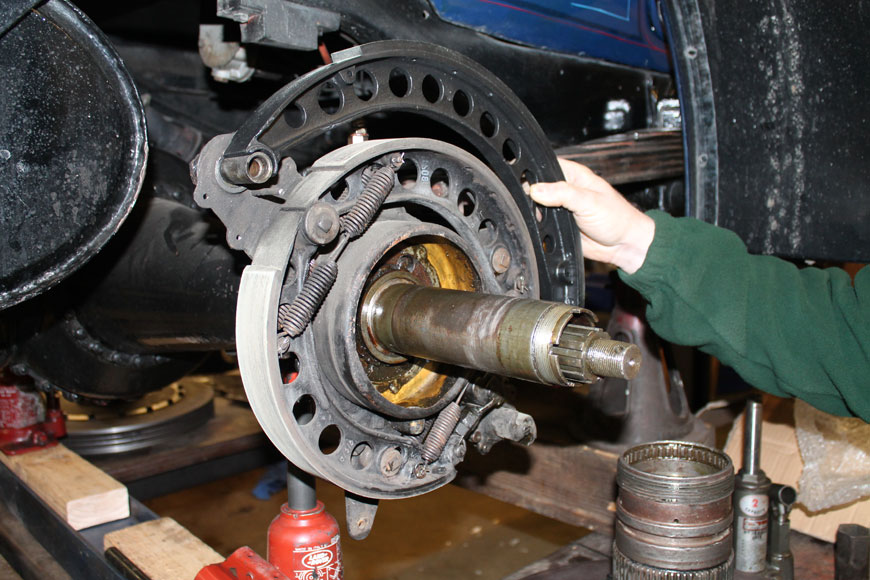
In the distant past, one of the Alpine Eagle’s brake drums had been re-lined, but this lining had in turn damaged the brake shoes. Replacing both drums to ensure that they matched was the only solution for the workshop engineers, and attempting to source second-hand replacements was not an option.
A specialist engineering firm was commissioned to create a new pair of drums, using the originals for reference. New brake shoes were also fitted, with their linings adjusted to suit the new drums. With braking efficiency restored by these new brake parts, this 102-year-old car is once more in tip-top mechanical condition.
